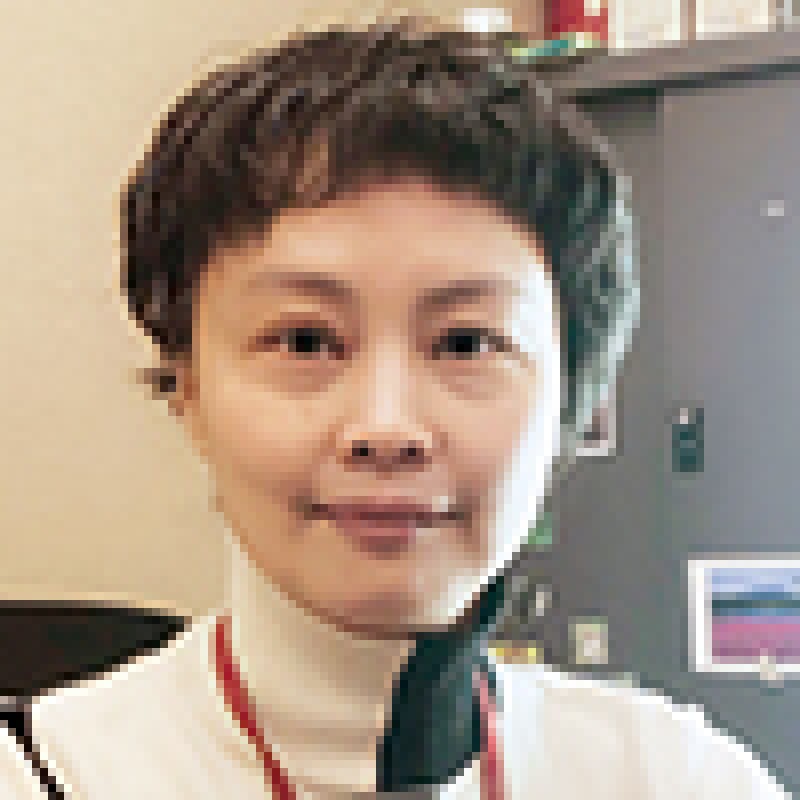In July this year, the Taiwan Intellectual Property Office (TIPO) announced a modification to the practice regarding recognition of priority rights to foreign design applications with reference to patent practice in the US, Japan, etc. This modification, taking effect from August 1 2019, marks a leap toward harmonisation with international practice.
Unlike the practice in many other jurisdictions, a design patent application filed in Taiwan can only include one embodiment. Thus TIPO has long adopted a two-prong test as a benchmark to determine whether the design claimed in an earlier-filed foreign application can serve as a basis to claim priority. Firstly, the design claimed in an application filed in Taiwan with priority claim ought to be exactly the same as that claimed in the earlier-filed basic application. Secondly, it is not permitted for a design application to claim multiple priorities or partial priority.
Under the old practice, even if a design application with a priority claim has passed the formality examination regarding priority claim, the assigned examiner would, during prosecution, still conduct a substantive comparison to determine the identity of the claimed design and the design to which priority is claimed. Should the examiner find any difference there, the priority claimed by a design application might possibly be forfeited without a chance for the applicant to argue and would thus result in the application being approved (if any) with no priority claim. Naturally, such a process gave rise to controversy.
According to the modification, TIPO no longer makes a substantive judgment on the priority claim before conducting a patent search for a design application. It is only after a search has located a relevant prior design that bears a filing or publication date in the interim between the priority date and the filing date of a design application that the examiner will judge whether the priority claimed is valid. In principle, if no such prior design is located, a design application, if allowed, will be published as per the information regarding the priority claim(s) submitted by the applicant. Although TIPO emphasised in its announcement that this practice change does not necessarily mean that it has fully recognised multiple priorities or partial priority, the applicant is indeed allowed more room to argue for the justifiability of the priority right claimed, when necessary.
One other issue that merits mentioning is that, in view of the amendment to Taiwan's Patent Act which is to take effect from November 1 2019, the duration of a design patent will be extended from 12 years to 15 years, calculated from the filing date of the application. Although Taiwan is not a member of the Hague Convention, the efforts it has made to keep pace with the world are by no means negligible. It is hoped that TIPO will relax the "unitary-of-design" requirement so that a design application to be filed in Taiwan can include more than one embodiment when the embodiments are similar in outward appearance. This certainly will be another step forward in Taiwan's ongoing process of aligning its patent practice with international practice.

|
Ming-Chu Tsai |
Saint Island International Patent & Law Offices
7th Floor, No. 248, Section 3
Nanking East Road
Taipei 105-45, Taiwan, ROC
Tel: +886 2 2775 1823
Fax: +886 2 2731 6377









